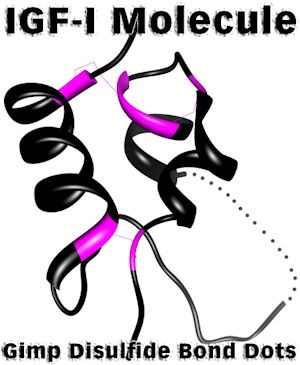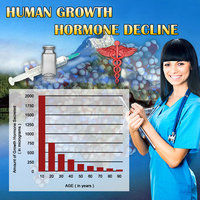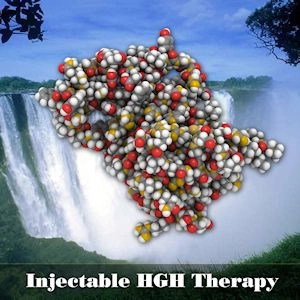Reading Time: 3 minutes--- Introduction to Telehealth in Endocrinology Telehealth has emerged as a transformative tool in the field of endocrinology, particularly in the management of hormone replacement therapy (HRT) for men. This innovative approach to healthcare delivery leverages digital technology to provide remote consultations, monitoring, and treatment adjustments, thereby enhancing accessibility and convenience for patients across the United States. --- The Rise of Hormone Replacement Therapy for Men Hormone replacement therapy, primarily aimed at addressing testosterone deficiency, has gained significant traction among American males. As men age, testosterone levels naturally decline, which can lead to symptoms such as fatigue, decreased libido, and … Continue reading →













